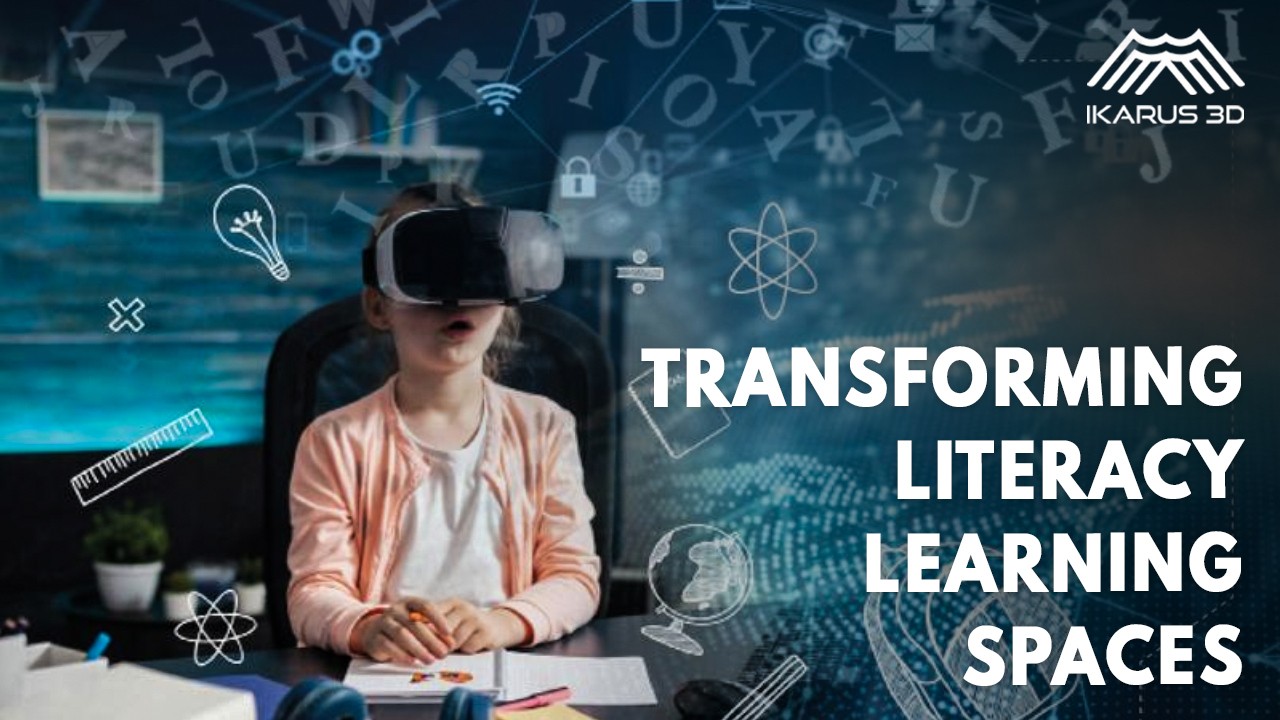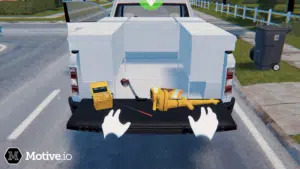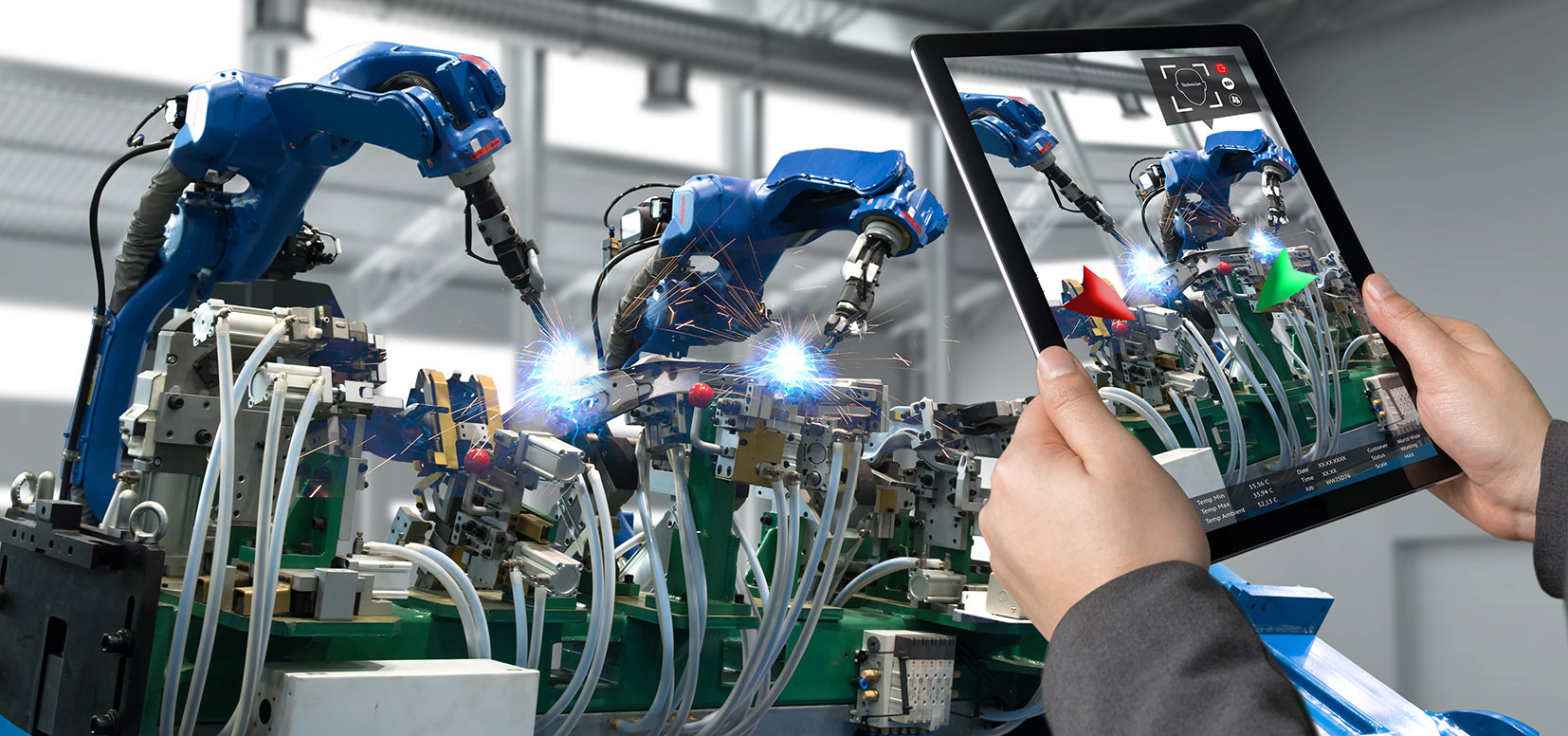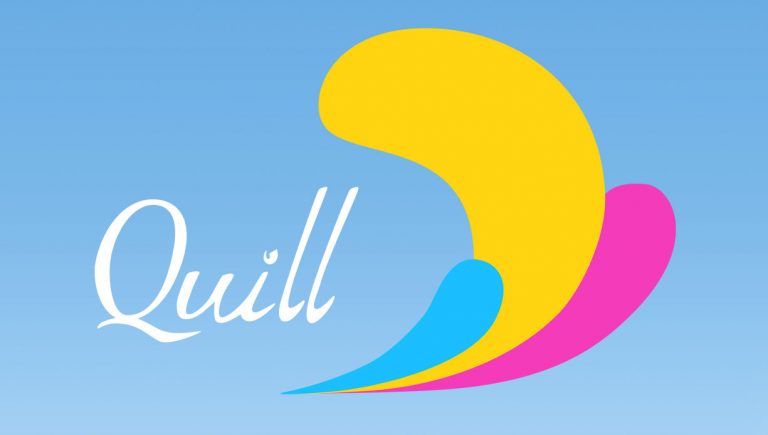Literacy is powerful.
Every year since 1967, 8th September has been celebrated as World Literacy Day. On this day, the world recognizes the strength that literacy provides humanity – it is the building block to an informed, educated, and skilled society.
The theme for this year, “Transforming Literacy Learning Spaces,” highlights perfectly what we all realised over the past few years.
Our world was struck with the COVID-19 pandemic that impacted all sections of the society, including classroom learning. The pandemic was relentless, but it was a big lesson for us as well. Among many things, it taught us that learning spaces could be dynamic, creative and interactive by integrating technological infrastructure with education. Some children took their life’s’ first classes online. This marked the beginning of a new era of literacy that is digital to begin with.
Combining Learning Spaces with AR and VR
With so much of our lives being integrated with technology, it is a no-brainer that learning spaces can also be enhanced with unique infrastructure to create an exciting experience of education.
Take for example, Angelique Marshall’s “Angel’s Awesome Books”, originally published first in 2020. These books combine learning and augmented reality, through voice recordings, sound effects and an application. Using the augmented reality app, children point their cameras to the book and see moving, colorful alphabets in their real world environment. They also hear various sounds and see objects and characters come to life right in front of them through the screen.
Not only does this AR concept create an entertaining experience, it helps children associate literacy and learning with positive, happy emotions.
When talking of alphabets, AR Flashcards is an early invention (2012) by Heath Mitchell and David Callahan, which utilizes augmented reality to bring traditional alphabet flash cards to life. These cards have made alphabet learning more attention grabbing.
In another initiative, the “AHA – ADHD Augmented” project aims to improve the learning capacity of students with Attention Deficit Hyperactivity Disorder, by using augmented reality and other interactive techniques. Augmented Reality increases the motivation and attention span of students – and this project aims to utilize that for education.
DPVR, a VR company based in China makes virtual reality headsets as well as educational content that supplements students’ curriculums. Their immersive VR educational systems are sure to keep students fully engaged while studying for concepts they might otherwise find boring.
Complete Anatomy 2022 is an Augmented Reality software available for both PCs and laptops, that provides 3D structures of the anatomy of the body. This is a great resource for students interested in healthcare, to understand body parts to an intricate level. Another application called #HoloHuman provides anatomies and internal structures as well.
Advantages of Integrating AR, VR and Learning
Augmented and Virtual reality has crossed the borders of #gaming and entered into fields like #education. Some of its clear benefits are:
- Interactivity – Augmented reality and virtual reality are technologies that provide unique #experiences of immersiveness and interactivity. This makes students more responsive to learning.
- Visualization – AR and VR lets students #visualize what they are learning. Their sensory organs work together towards understanding concepts, which leads to their #cognitive and #creative development.
- Reduction in stress – Students often have increased stress levels due to their curriculums. With AR and VR, they can enjoy what they are studying with appealing tutorials. This will significantly reduce their #stress.
- Attention span – Research suggests that AR and VR technologies help increase the attention span of children – the better their attention, the better they will be able to grasp #learning concepts.
Is Augmented Reality and Virtual Reality the Future of Literacy Learning?
AR and VR already have a strong foothold in the field of education and learning. In the near future, we can expect them to be a part of the traditional classroom setting to make literacy and education an exciting new experience for not only children, but young adults as well. Literacy is a priority to create a world of educated citizens. New, enhanced technologies can help with that goal.
With #augmentedreality and #virtualreality , expect students to enter a classroom of wonder, adventure and creativity.
Quelle:




